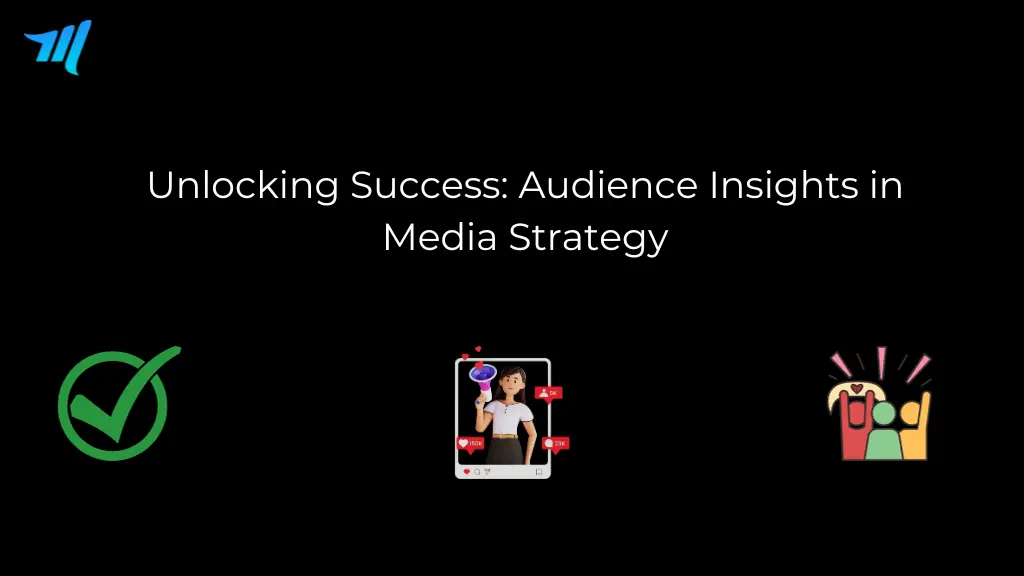When considering audience segmentation, it’s essential to recognize that demographics alone cannot provide a comprehensive understanding of a target audience.
Numerous nuances shape a customer’s path to purchase beyond just their age or income bracket, influencing their consumption behaviors.
In the past, brands had to rely on surveys and focus groups to gather information about their audience.
These methods were both time-consuming and costly, often lacking the depth needed to truly represent a demographic or group of individuals.
Similarly, while social listening can be effective in understanding the relatively small number of individuals who actively comment or post online.
Many internet users do not comment or post but merely observe. These silent observers, comprising about 90% of online users, can be a brand’s most valuable asset, despite not making much noise.

Their engagement is valuable, and they are open to brand interactions.
While tracking customers online can provide valuable insights, brands must also consider the ethical implications.
Collecting customer data without clear consent can erode trust, so brands should explore alternatives. First-party cookies and contextual advertising to understand customer preferences responsibly while delivering an engaging customer experience.
Segmenting consumers is important, but it’s equally vital to dive deeper and understand the individuals within those segments.
Brands must grasp what makes their audiences unique compared to their competitors’ audiences. Understanding audience preferences and influential figures allows brands to target them more effectively.
Audience insights are rooted in understanding people. Consumers are dynamic, and their needs, interests, and consumption patterns evolve.
To stand out in a competitive market, brands must comprehend their audience’s behaviors and motivations for making purchases and take action based on these insights.
Thanks to technological advancements, brands now have access to vast amounts of audience data.
However, the real skill lies in analyzing this data to create a nuanced picture of the audience. This information can then inform marketing strategies, activations, influencer partnerships, or sponsorship strategies.
However, having insights alone isn’t sufficient. Brands must translate these insights into action, ensuring they communicate with the right people at the right time.
Knowing Your Audience – Present and Future:
While it may initially seem apparent who your audience is, making assumptions without a deep understanding can be misleading. It’s also crucial to know where, when, and how to reach them.
Identifying new audience segments that share interests with your current audience but may not be aware of your product is essential.
For instance, a sports brand may know that its primary audience includes sports enthusiasts, fitness enthusiasts, gym-goers, or sports club members.
A comprehensive audience analysis can uncover more detailed insights such as specific sports interests, music preference and more.
These insights can be used to create more tailored audience segments or ‘tribes’ based on shared interests and preferences. Individual media strategies can then be developed for each audience group.
Understanding your audience fully enables the creation of personalized advertisements that resonate and reach them through the right channels.
Future Proofing Your Brand:
In addition to understanding your current audience, it’s essential to focus on identifying your future customers.
Understanding the composition of your competitors’ audiences and how their ‘tribes’ compare to your own can help identify new audiences.





